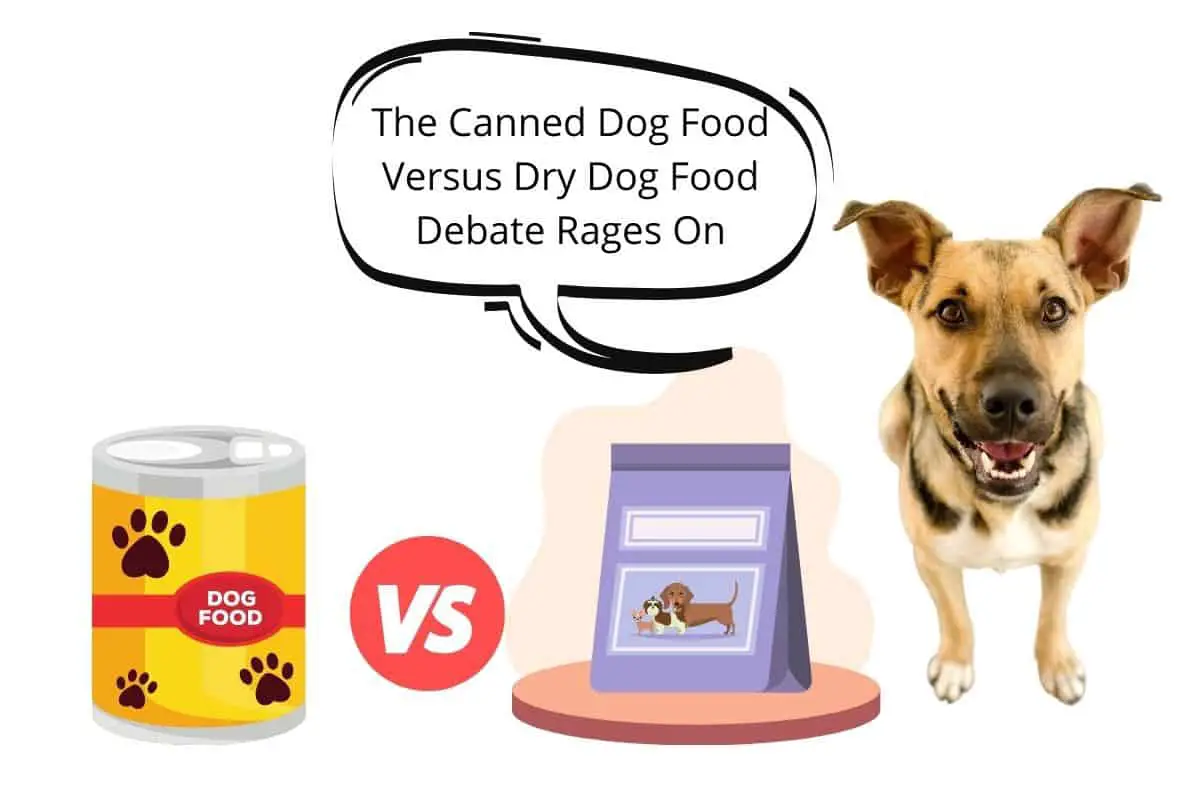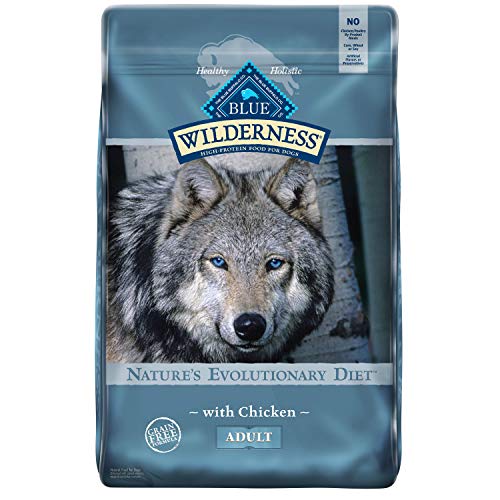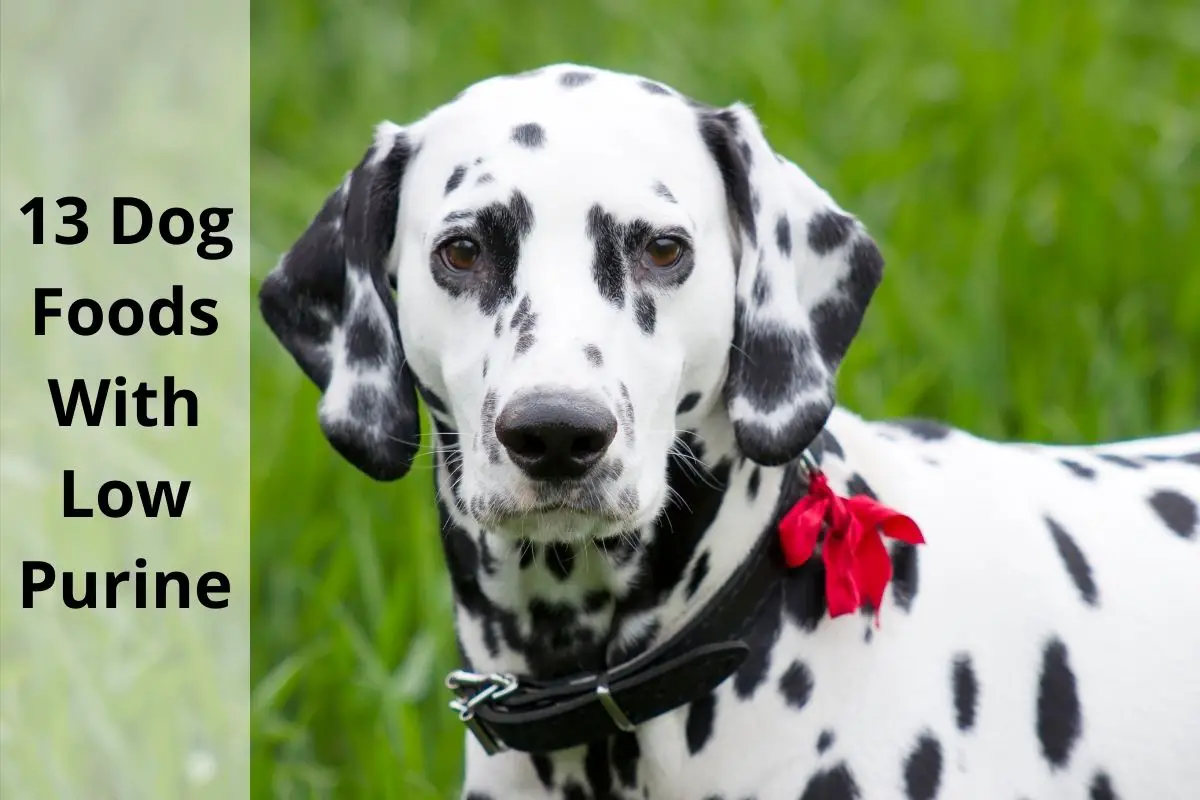This post contains affiliate links.
As loving pet owners, we all want the best for our dogs, so it’s no surprise that a debate rages on about canned dog food versus dry dog food, and which one is better for your dog. While dry dog food is convenient and shelf-stable, canned dog food is easier for a dog to digest. Which one is better, and can you use both as part of a balanced diet?
Both canned dog food and dry dog food are great choices for your dog. Canned dog food has fewer preservatives, but it goes bad quickly and is costly. Dry dog food is easier to serve and store, but it has many chemicals and less variety in flavor. It simply depends on the dog and your preference.
In this article, we will compare and contrast canned dog food and dry dog food, and analyze the pros and cons of each one. By the end of this article, you should have a pretty good idea of what type of food is best for your dog.
Table of Contents
Is Canned Dog Food Better?
In this section, we’re going to analyze the pros and cons of canned dog food. If you don’t like the idea of canned dog food, hang on, because we’ll get to the dry dog food next!
Pros of Canned Dog Food
The pros of canned dog food are:
- Canned dog food is lower in grains and carbohydrates than dry dog food. Dry food needs a good portion of carbs in order to be turned into kibble. However, some (but not all) canned and dry foods come grain-free.
- Canned dog food has fewer added chemicals than dry food. Canned food doesn’t need all of the preservatives that dry food may need.
- The moisture of canned food makes it easier to digest. Canned dog food is about 80% liquid, which means they can consume more of it per meal with the same amount of energy and calories as they would with dry food.
- Some dogs may prefer the different flavors that canned dog food has in comparison to dry dog food. Dry food doesn’t have a wide variety of flavors while canned food does.
- Some dogs might like canned food combined with dry food. When dogs are away from their homes, it may be difficult to eat. So, you can add a bit of canned food on top of the dry food to encourage them to eat.
Cons of Canned Dog Food
The cons of canned dog food are:
- Canned dog food contains fewer preservatives, but that can also be a bad thing. If you leave canned food out for too long it can go bad, meaning that canned food doesn’t last nearly as long as dry food, so you’re more likely to waste money over time.
- Canned dog food is more expensive than dry dog food per ounce. Not only are you getting fewer proteins and calories for your money, but you might end up wasting food. Since canned dog food has fewer preservatives, you can’t leave it out for too long. If you do, you’ll need to throw it out if you don’t use it up quickly, which wastes money.
- Canned dog food has a lot of shocking chemicals inside that can cause serious problems for your dog. One is called carrageenan, which is a thickening agent that can cause acid reflux, ulcers, and inflammatory bowel disease. Many canned dog foods are lined with BPA, which causes health problems in people as well.
Canned dog food is a great option considering the wide variety of flavors and easy consumption, and it can be a great choice for senior dogs and dogs with issues that prevent them from eating properly.
However, it goes bad easily if not eaten immediately after opening and can be difficult to store. Cans of dog food take up a lot of space in cabinets. If you’ve already opened it and need to refrigerate the rest, that can take up a bit of fridge space as well.
Check with your vet first before deciding which is best, as they might have a different opinion based on the overall health and age of your dog.
Is Dry Dog Food Better?
In this section, we’re going to analyze the pros and cons of dry dog food, also known as kibble.
Pros of Dry Dog Food
The pros of dry dog food are:
- Dry dog food is the easiest of the two to feed your dog and control the portions. It fits easily in measuring cups to help you to not overfeed or underfeed your sweet dog.
- Dry food comes in a variety of sizes and shapes. You can find the best shape and size for your dog. From smaller and easy-to-eat kibble to bigger kibble for bigger dogs, you’ll be able to find the best option possible.
- Dry dog food fits perfectly into the interactive feeders and toys. If you can’t feed your dog at the usual time you want to, or maybe your dog eats too fast and needs a bowl that prevents them from eating too much, you could use an interactive feeder. Can canned food fit in those kinds of bowls? No.
- Dry dog food is less expensive than canned food. If you buy it in bulk, you can save even more money. You can’t buy canned food in bulk because it goes bad too fast and it’s more difficult to store. So if you want dog food that stays good for a long time without you having to go to the store too often, dry food might be the correct choice for you.
- Dry dog food is super easy to store. You can put it in any kind of container that’ll fit anywhere you need it to fit. However, canned food takes up a lot of space, especially when it’s already been opened.
Cons of Dry Dog Food
The cons of dry dog food are as follows:
- Dry dog food contains more carbohydrates than canned food does, regardless if you’re using a grain-free food or not. While carbs provide a healthy amount of energy, too many carbs can cause digestion problems and weight gain, even in dogs.
- Some lower quality dry dog food brands may use meat by-products or fillers instead of wholesome meat, which can cause serious digestive issues.
- There’s always a chance for contamination in dry dog food, which can be a serious problem for your dog.
- Older dogs might not be able to consume dry dog food because softer food is easier for them to eat. In addition, dogs with mouth problems might also prefer canned food.
- There’s less variety and flavoring when it comes to dry food, which can be disappointing for your dog. However, you can always add a bit of canned food on top of the dry food or something else.
Dry dog food is by far the most popular option, and reasonably so. It’s easy to serve, easy to store, and less costly than canned food. However, it does have quite a few chemicals, and there is less variety and flavoring in comparison to canned food.
Either way, dry food might be the best option for your dog. Just remember to contact your vet first before deciding which is best.
A New Challenger Approaches…Home-Cooked Dog Food?
Canned dog food and dry dog food are both fantastic options for your dog but have you ever considered cooking your dog meals from scratch? You can become the next Gordon Ramsay for dogs!
Pros of Home Cooked Dog Food
The pros of home-cooked dog food are as follows:
- Home-cooked dog food is typically made fresh. Meaning, it keeps most of its nutritional value and has way fewer preservatives.
- You can control the ingredients of home-cooked dog food. You can choose to buy whatever you want (within limits, of course), and you will limit the exposure to chemicals and contamination, or if they have allergies, you can eliminate what they’re allergic to.
- Always made fresh, which helps a lot with picky eaters.
Cons of Home Cooked Dog Food
The cons of home-cooked dog food are as follows:
- Your recipes should be approved by an animal nutritionist, considering how difficult it can be to meet all the required nutrients your dog needs.
- Home-cooked dog food could be more expensive depending on the ingredients you use. If by chance you choose ingredients that you already have, it may only be a little more costly because you’ll be buying more than usual. Otherwise, it’ll probably be pretty costly because you’ll be buying whole new ingredients for another “person,” which can get expensive quickly.
- Related articles:
- The Healthy Hound Cookbook Review
- Feed Your Best Friend Better Book Review
- Homemade Dog Food vs. Kibble Compared
- Canned Dog Food vs. Homemade (Which Is Best?)
What’s the Best Option for Your Dog?
When it comes to choosing what type of food to give your dog, keep in mind different factors, including their age, breed, size, health, and personal preferences. Also, remember that your dog needs a lot of nutrients to stay healthy, so try to choose food that will provide those nutrients.
If your dog is perfectly healthy and has no problems at all, you should use dry dog food, as it contains more nutrients than canned food and is much easier to store. Plus, you can use interactive feeders, such as the one on Amazon.com.
The Outward Hound Fun Feeder will help prevent your dog from eating too fast, which can cause problems. It comes in four sizes and six different designs, so you’ll be able to find something that suits your dog and its eating style.
However, while dry dog food is the most-used type of dog food, it has many cons. It doesn’t have a variety of flavors with a lot of chemicals and preservatives. Regardless of that, dry dog food is still likely a better option depending on your dog.
If your dog is a senior dog, has mouth problems, and/or other health issues, there’s a chance that canned dog food will be better for your dog. Canned dog food is softer, easier to digest, and has fewer preservatives and carbs than dry dog food.
On the other hand, canned dog food has quite a few cons. It also has chemicals and it goes bad way too quickly, and can also take up too much space in your cupboards. So overall, it seems like canned dog food is only a good option if your dog has problems and can’t eat dry food.
Home-cooked meals for your dog can be a great option if you have the money because you get to pick the ingredients that your dog consumes. It is very time-consuming, however, and you should make sure the recipes you create are confirmed with a professional animal nutritionist.
All in all, it depends on the dog and your preferences. Remember to consult a vet if you’re unsure of what type of food will best suit your dog.
Wrap-Up
Both canned dog food and dry dog food are great options for your dog. However, both have pros and cons, so it all comes down to what you and your dog prefer. If you have a dog with no health problems that can easily consume dry food, you should probably use dry food. If your dog has difficulty eating dry food or is old, you should likely feed them canned dog food.
Remember to pay attention to your dog’s eating habits and talk to your vet before changing things around. Best of all, give your dog some love.
Related Articles
- Everything You Need To Know About Canned Dog Food vs. Raw
- Daily Canned Dog Food Feeding Quantities (With Examples)
- 7 Reasons Why Canned Dog Food Needs To Be Refrigerated
- A Dog Owner’s Guide to Canned Dog Food and Diarrhea
- Canned Dog Food vs. Homemade (Which Is Best?)
Sources
- Dog Food Insider: Kibble Vs Canned Food
- VCA Hospitals: Dry, Canned, or Semi-Moist: Food Choices for Dogs
- I Heart Dogs: Pros And Cons Of Different Types Of Dog Food
- Dog Food Advisor: Dogs and Carbohydrates — A Surprising Secret Revealed
- Pet MD: What Is the Best Dog Food?
- Amazon: Outward Hound Fun Feeder
Mrdogfood.com is a participant in the Amazon Services LLC Associates Program, an affiliate advertising program designed to provide a means for sites to earn advertising fees by advertising and linking to Amazon.com. We also participate in other affiliate programs which compensate us for referring traffic.








